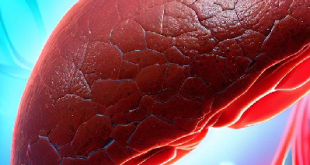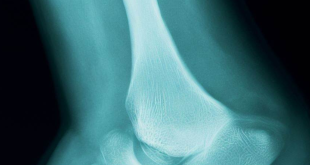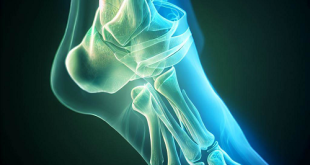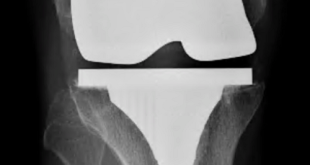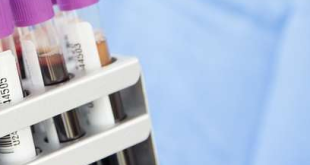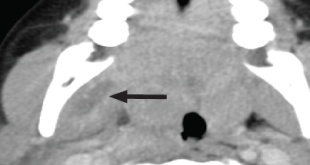The overall health of the human depends heavily on the liver. It is responsible for a variety of tasks, such as detoxification, metabolism, and the storage of necessary nutrients. However, certain disorders can influence the liver and cause anomalies in medical imaging examinations. What is Hypodensity? Reduced density or brightness …
Read More »What is Collis gastroplasty? – Procedure, Complications, Recovery
What is Collis Gastroplasty? The procedure named ‘Collis gastroplasty’ is a way of treating the shortened esophagus resulting from gastroesophageal reflux disease. The stomach acid that travels back into the esophagus in gastroesophageal reflux disease (GERD) results in scarring, tissue changes, and inflammation which can sometimes cause the esophagus to shrink. This lengthening …
Read More »Mueller Weiss Syndrome Symptoms, Causes, Treatment
What is Mueller Weiss Syndrome? A rare bone disorder characterized by the spontaneous onset of tarsal navicular osteonecrosis in adults. Patients mostly complain about midfoot and hindfoot pain that persists despite treatment, as well as midfoot edema and tenderness over the dorsomedial aspect, a collapsed medial longitudinal arch, and pes planovalgus. The …
Read More »Mucoid Degeneration ACL Symptoms, Causes, Treatment
What is Mucoid Degeneration ACL? The knee joint cannot function properly without this Anterior Cruciate Ligament. Anatomically, it is crossed with the Posterior Cruciate Ligament, producing an ‘X’; thus, it is additionally referred to as a cruciform ligament. Two fibers, primarily the postero-lateral and anterior-medial fibers, make up this ligament. The ligament …
Read More »Bifurcate Ligament Sprain, Fracture, Calcaneus, Avulsion
What is Bifurcate Ligament? This Bifurcate ligament assists in stabilizing the midfoot and is located on the outside of the foot. It is linked to the calcaneus (heel bone) by two Y-shaped arms, one of which connects to the navicular bone and the other to the cuboid bone. The ligament comprises a …
Read More »Uterine Dehiscence Definition, Symptoms, Causes, Treatment | Uterine Dehiscence vs Full Uterine Rupture
What is Uterine Dehiscence? Uterine dehiscence (partial or full) is a rare consequence of an LSCS (lower segment cesarean section). It is most commonly used to describe the process of progressive myometrial rupture that occurs with no sign of a membrane rupture. However, some authors use it interchangeably with uterine …
Read More »Patellar Resurfacing Surgery, Procedure, Technique, Recovery Time
What is Patellar Resurfacing? Patellar resurfacing is a controversial and unsolved issue. The decision to use patellar resurfacing in a total knee prosthesis (TKP) is made based on the surgeon’s level of experience and an evaluation of the patient’s condition, including the thickness, shape, and consumption of the surface. In addition …
Read More »ZnT8 autoantibodies Test, Normal Range, Positive, High, Type 1 Diabete
What are ZnT8 autoantibodies Test? The Zinc Transporter 8 autoantibodies test (or ZnT8 autoantibodies test) is a diagnostic test used to identify type 1 diabetes mellitus. It looks for the existence of autoantibodies against the zinc transporter 8 protein, which is present in the beta cells of the pancreas. The …
Read More »Masticator Space Definition, Abscess, Mass, Infection, Boundaries
On either side of the face, there are paired suprahyoid cervical spaces known as the masticator spaces. Each Masticator space is surrounded by a layer of deep cervical fascia. At the lower boundary of the mandible, the deep cervical fascia’s superficial layer divides into two halves. The outer layer attaches superiorly …
Read More »Subhyloid Hemorrhage Meaning, Symptoms, Causes, Treatment | Preretinal hemorrhage vs Vitreous hemorrhage
What is Subhyaloid hemorrhage? Subhyaloid hemorrhage is a medical disorder that develops when there is bleeding beneath the retina of the eye. It is the retina’s job to carry visual signals from the retina, a small layer of tissue along the back of the eye, to the brain. A subhyaloid …
Read More » Health & Care Information
Health & Care Information
